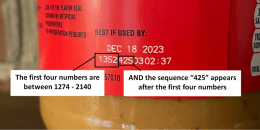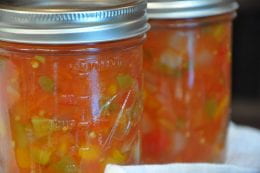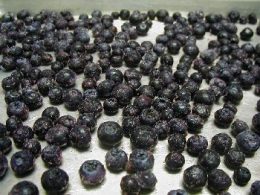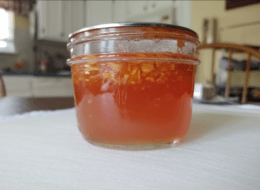
County fair season is here! It’s a great way to build community and have fun. Part of the fun at fairs is food so food safety is important to a successful event.
Petting zoos and animal exhibits can be educational and fun. The important step after handling animals is washing your hands to avoid illness.
According to the Centers for Disease Control and Prevention, between 2010-2015, about 100 outbreaks occurred from people handling animals at public events such as fairs. There are many types of bacteria that can spread from animals to people such as E. coli O157:H7, Salmonella, and Cryptosporidium. A clean and healthy animal can still carry harmful bacteria. Even if you don’t pet the animal, and you touch fences or other equipment, the bacteria can transfer to your hands.
Your best defense is washing your hands! Have handwashing stations available and signs reminding visitors to wash their hands. Keep food vendors away from animal areas. Food stand managers should take proactive steps to train workers about proper handwashing.
Learn more at www.ksre.k-state.edu/foodsafety/topics/4h.html.
For Kansas Extension Agents, posters can be found in Teams at KSRE Resources>Nutrition, Food Safety and Health PFT>Files entitled “4H Food Stand Signs.”






